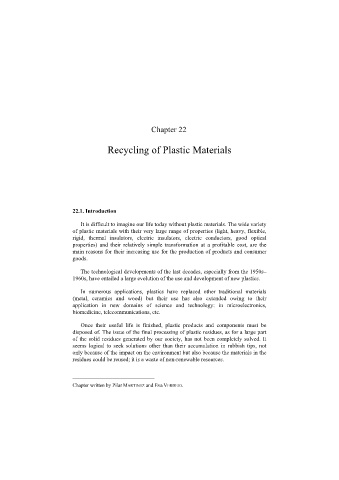Page 517 - Discrete Mathematics and Its Applications
P. 517
496 7 / Discrete Probability
Supplementary Exercises
1. What is the probability that six consecutive integers will c) pairs of each of three different kinds and a single card
be chosen as the winning numbers in a lottery where each of a fourth kind?
number chosen is an integer between 1 and 40 (inclusive)? d) pairs of each of two different kinds and three cards of
2. A player in the Mega Millions lottery picks five different a third, fourth, and fifth kind?
integers between 1 and 56, inclusive, and a sixth integer e) cards of seven different kinds?
between 1 and 46, which may duplicate one of the earlier
f) a seven-card flush?
five integers. The player wins the jackpot if the first five
g) a seven-card straight?
numbers picked match the first five numbers drawn and
h) a seven-card straight flush?
the sixth number matches the sixth number drawn.
a) What is the probability that a player wins the jackpot? An octahedral die has eight faces that are numbered 1
b) What is the probability that a player wins $250,000, through 8.
which is the prize for matching the first five numbers, 7. a) What is the expected value of the number that comes
but not the sixth number, drawn? up when a fair octahedral die is rolled?
c) What is the probability that a player wins $150 by b) What is the variance of the number that comes up when
matching exactly three of the first five numbers and a fair octahedral die is rolled?
the sixth number or by matching four of the first five A dodecahedral die has 12 faces that are numbered 1
numbers but not the sixth number?
through 12.
d) What is the probability that a player wins a prize, if a
8. a) What is the expected value of the number that comes
prize is given when the player matches at least three
up when a fair dodecahedral die is rolled?
of the first five numbers or the last number.
b) What is the variance of the number that comes up when
3. A player in the Powerball lottery picks five different in-
a fair dodecahedral die is rolled?
tegers between 1 and 59, inclusive, and a sixth integer
between 1 and 39, which may duplicate one of the earlier 9. Suppose that a pair of fair octahedral dice is rolled.
five integers. The player wins the jackpot if the first five a) What is the expected value of the sum of the numbers
numbers picked match the first five number drawn and that come up?
the sixth number matches the sixth number drawn.
b) What is the variance of the sum of the numbers that
a) What is the probability that a player wins the jackpot? come up?
b) What is the probability that a player wins $200,000, 10. Suppose that a pair of fair dodecahedral dice is rolled.
which is the prize for matching the first five numbers,
a) What is the expected value of the sum of the numbers
but not the sixth number, drawn?
that come up?
c) What is the probability that a player wins $100 by b) What is the variance of the sum of the numbers that
matching exactly three of the first five and the sixth come up?
numbers or four of the first five numbers but not the
sixth number? 11. Suppose that a fair standard (cubic) die and a fair octahe-
dral die are rolled together.
d) What is the probability that a player wins a prize, if a
prize is given when the player matches at least three a) What is the expected value of the sum of the numbers
of the first five numbers or the last number. that come up?
4. What is the probability that a hand of 13 cards contains b) What is the variance of the sum of the numbers that
no pairs? come up?
12. Suppose that a fair octahedral die and a fair dodecahedral
5. What isthe probability thata13-cardbridgehand contains
die are rolled together.
a) all 13 hearts?
a) What is the expected value of the sum of the numbers
b) 13 cards of the same suit?
that come up?
c) seven spades and six clubs?
b) What is the variance of the sum of the numbers that
d) seven cards of one suit and six cards of a second suit?
come up?
e) four diamonds, six hearts, two spades, and one club?
13. Suppose n people, n ≥ 3, play “odd person out” to de-
f) four cards of one suit, six cards of a second suit, two cide who will buy the next round of refreshments. The n
cards of a third suit, and one card of the fourth suit? people each flip a fair coin simultaneously. If all the coins
6. What is the probability that a seven-card poker hand con- but one come up the same, the person whose coin comes
tains up different buys the refreshments. Otherwise, the people
a) four cards of one kind and three cards of a second flip the coins again and continue until just one coin comes
kind? up different from all the others.
b) three cards of one kind and pairs of each of two dif- a) What is the probability that the odd person out is de-
ferent kinds? cided in just one coin flip?

